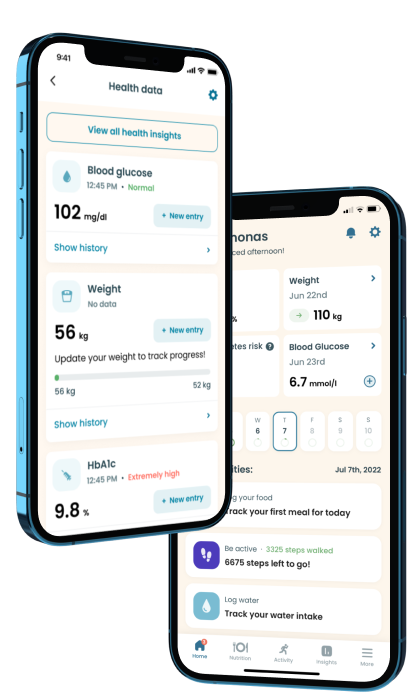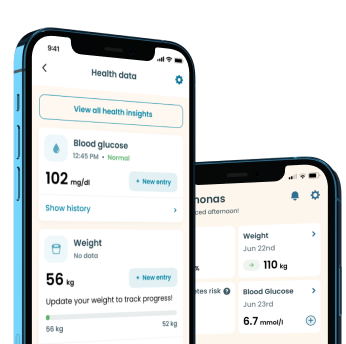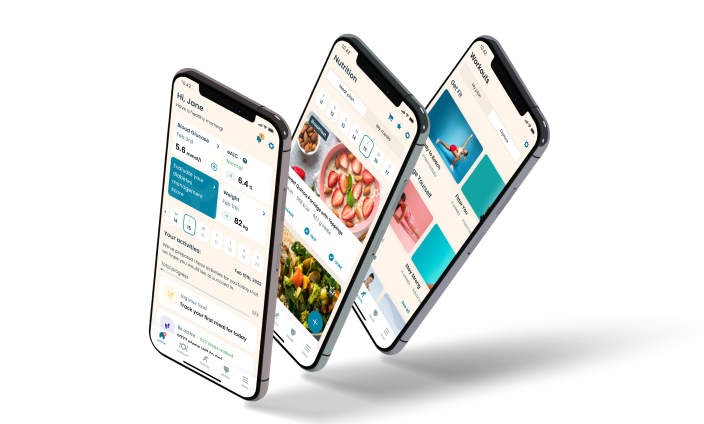Prunes and Diabetes

Good
29
268 kcal
Foods with high fiber, such as vegetables and fruits like prunes, are better options for regulating blood sugar levels. Prunes have been shown to help prevent disease and treat constipation. This article will examine the connection between eating prunes and diabetes management by citing their scientifically proven benefits to human health.
Nutritional value
- Protein 2.2 g
- Carbohydrate 64 g
- Fat 0.38 g
- Fiber 7.1 g
- Sugar 38 g
- Cholesterol 0 g
Nutritional Value of Prunes
Prunes have a modest calorie count, but they are high in vital vitamins and minerals. A cup of pitted prunes yields 418 cal, 3.79 g of protein, and an impressive 12.4 g of fiber. This high fiber and protein content are beneficial in the sense that you tend to get full easily just by eating a few of these dried plums, thereby eliminating the need for snacking.
Moreover, this fruit boasts a low glycemic index (GI) of just 29 and a moderate glycemic load (GL) of 9. As a result, you can rest assured you’re safe from unexpected blood sugar spikes as long as you eat them in moderation.
Take a quiz
Discover what Klinio app can do for you
Healthy diabetes meal plan crafted just for YOU

Personalized workouts with no equipment needed

Track your progress with smart tracking tools

Why Should Diabetics Consume Prunes?
These dehydrated plums are more than just mere fruits, as we’ll observe below.
Promotes Weight Loss
Eating unhealthy foods predisposes you to a worsened diabetic health. However, due to their high soluble fiber content, which promotes a feeling of fullness, prunes eliminate the need for constant eating — a step towards long-term weight loss.
Aids Disease Prevention
Prunes are rich sources of phenols like neo-chlorogenic and chlorogenic acid. Numerous studies have shown that these phytonutrients aid the prevention of cell damage, particularly when lipid molecules are oxidized in the body. Specifically, they block the oxidation of LDL cholesterol in the body, making them a significant element in preventing chronic diseases like diabetes.
Cholesterol-Lowering Properties
Prunes are high in soluble fiber, which aids with blood sugar control. Also, the liver generates bile from cholesterol which aids fat breakdown. However, when the body excretes bile together with the fiber from prunes, the liver is forced to convert more cholesterol to bile, lowering the amount of cholesterol in circulation.
Aids Blood Sugar Level Control
Prunes give a pleasant taste with few calories. Moreover, their soluble fiber content aids blood sugar regulation by slowing the rate at which food leaves the stomach. Despite their relatively high sugar content (66 g per cup), prunes have a pretty low GI, further contributing to the overall blood sugar regulation.
Good for Heart Health
The daily consumption of prunes may have a heart-healthy effect — research confirms their blood pressure-lowering properties, preventing the development of diabetes risk factors and complications like heart disease.
An eight-week study examines the disparity between people who ate prunes and drank prune juice every morning to those that took just a glass of water on an empty stomach. Remarkably, the former had considerably lower blood pressure, cholesterol levels, and “bad” LDL cholesterol levels than the latter.
Research on Prunes and Diabetes
There’ve been several studies on the relationship between prunes and diabetes. The polyphenols in prunes have been shown in numerous lab and animal experiments to have potent anti-inflammatory properties.
Research has also proven them to be potent antioxidants capable of preventing cell damage that may lead to severe conditions for people with diabetes. The anthocyanin content of prunes may lower heart disease risk — a prevalent diabetes risk factor.
The polyphenols in prunes considerably lowered inflammatory markers in test tube research. Another study found that eating 12 prunes daily for eight weeks reduced LDL cholesterol levels in men with high blood cholesterol.
Several animal experiments also present similar findings. Namely, in one animal study, mice fed dried prune and peach juice had lower cholesterol levels and higher levels of “good” HDL cholesterol in general.
Should You Take Prunes as a Diabetic?
Yes, you can. However, it’s important to note that drying plums at high temperatures could yield acrylamide — a possible neurotoxin. Moreover, the excessive consumption of prunes produces some side effects like bloating and gas, diarrhea, and constipation. Hence, consume them with discretion.
How to Add Prunes to Your Diabetic Diet
Prunes are simple to integrate into your diet. While you can consume prunes in their whole form, they can also be used to make a variety of meat meals, sweets and also included in salads.
Summary
Overall, prunes are a tasty and healthful meal, as well as a functional food that helps to prevent many of the chronic illnesses that plague our modern civilization. However, since drying at high temperatures may yield certain toxins, you should consume them in moderation.

Download Klinio app!
Get more by downloading our free Klinio App. Analyze your health, form new habits and manage your diabetes anytime, anywhere.
OR
SCAN QR CODE



GET THE APP











